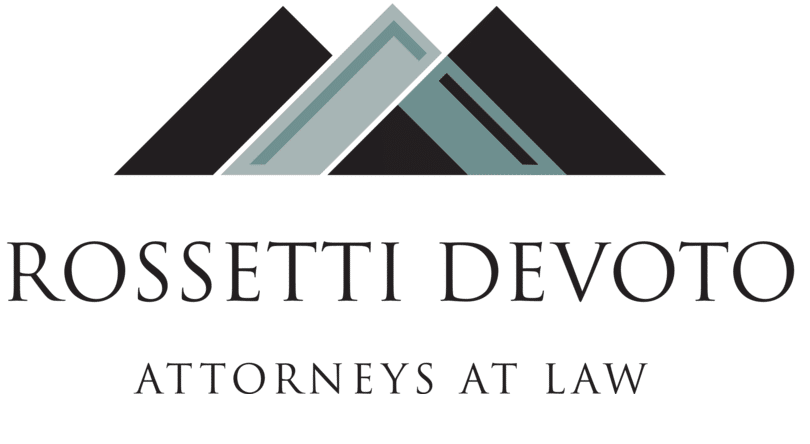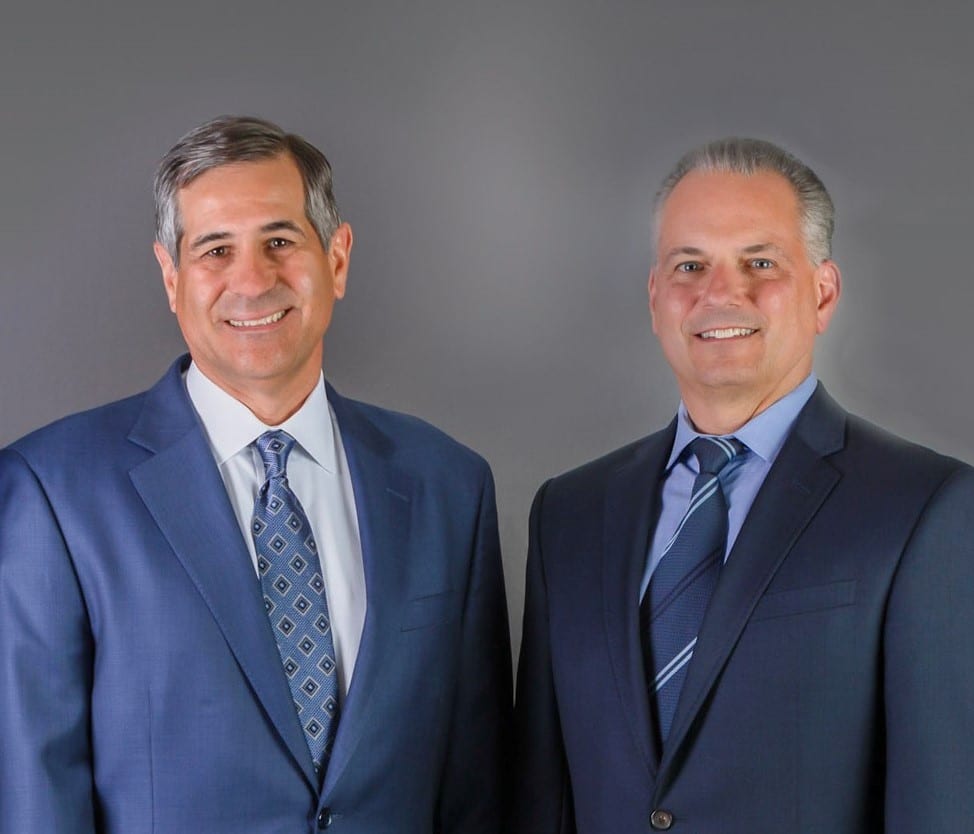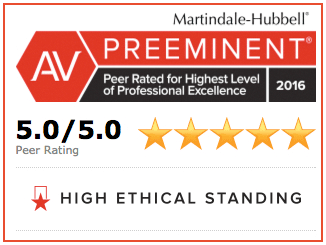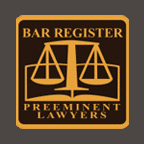Amusement Park Injuries: What to Do and Who to Call!
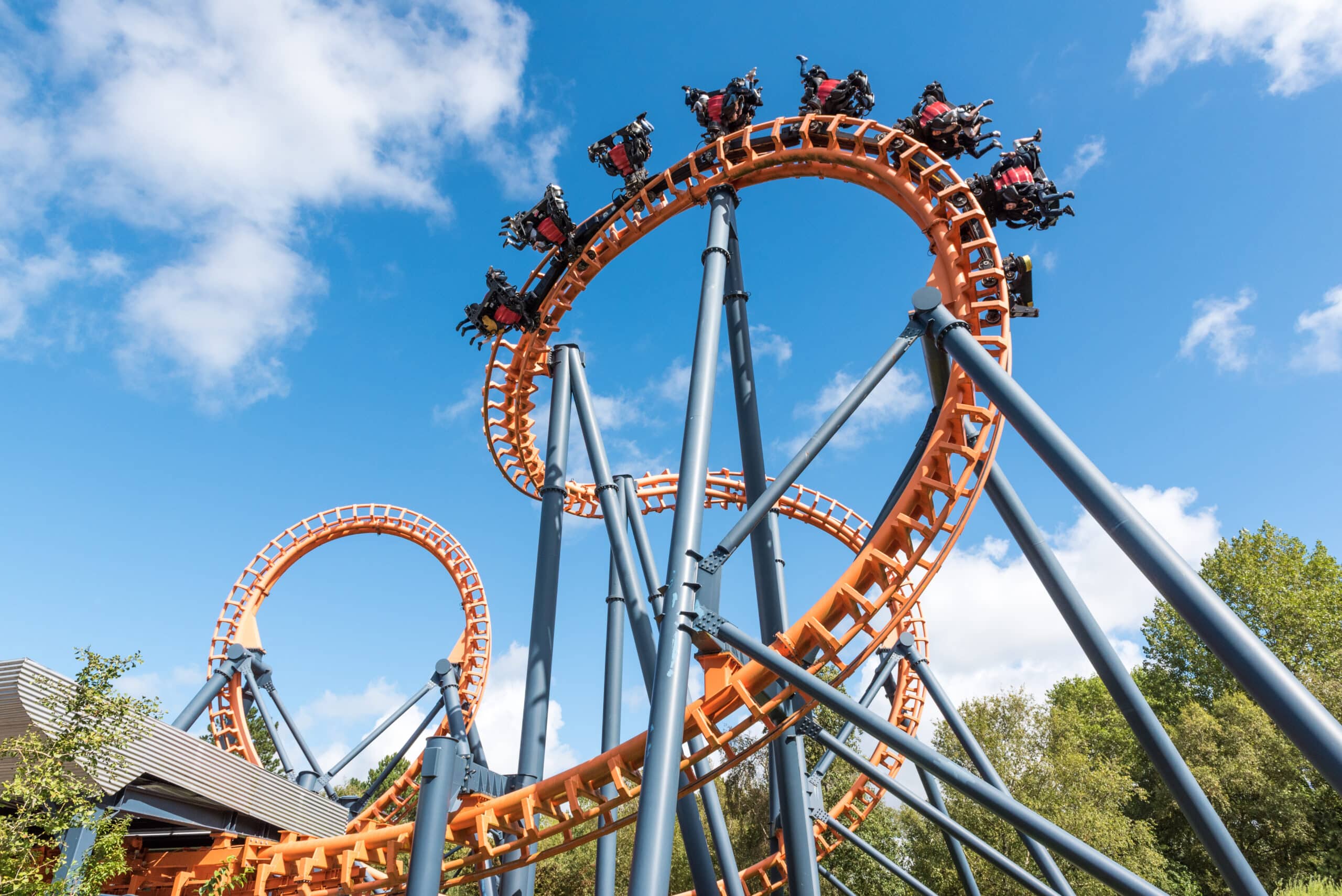
It’s all fun and games when you’re at an amusement park until someone gets hurt. In New Jersey or anywhere else in the United States, amusement park accidents happen, and every time they do, the results are catastrophic.
Many amusement park operators do their utmost to follow existing safety standards. Nevertheless, the factors that put amusement park guests at risk are always present, from faulty amusement park rides to negligent ride operators. These ever-present risk factors endanger the lives of theme park patrons, especially children; younger guests are the most susceptible to severe injuries. Due to the causes, these injuries are almost always life-threatening, and even at their mildest, they can be debilitating, affecting the victim’s quality of life forever.
If you or someone you know has sustained injuries from a faulty amusement park ride or a negligent ride operator, don’t delay; file a personal injury claim as soon as possible.
To maximize your chances of a successful claim, follow the seven steps we lay out for you below. However, before we go into these steps, let’s talk about the big problem of accidents at theme and water parks.
A History of Amusement Park Injuries — the Worst and Most Common Injuries
At a glance, amusement park accidents seem unlikely, and they probably are. These days, many amusement parks follow state and local regulations for amusement park safety. The safety regulations for amusement parks contain standards for safety equipment, like safety restraints.
Of course, adherence to amusement park safety standards is only part of the amusement park safety equation and is hardly a guarantee of safety. Sometimes, a ride operator forgets to fasten a seat belt or conduct safety inspections. At times, an operator or theme park staff member will fail to check a child for a pre-existing condition that puts them at risk.
The causes of freak accidents are just as numerous as the incidences of amusement park accidents and injuries. The last three decades have recorded some of the worst amusement park accidents.
Action Park in New Jersey
Action Park is a water park in New Jersey that features some of the most thrilling water rides. Although Action Park’s owners branded the theme park as a water park, the facilities also included go-karts and bumper car rides.
It wasn’t just the fixed-site rides and water facilities that drew hordes of guests into the 250-acre water park; Action Park became a crowd favorite for the inherent dangers of the facilities. For many, the risks added a thrill element clamored for in the 80s. Even more surprising is that the theme park was a favorite destination not for older teens or adults but for families.
In the theme park’s 18-year history, hundreds of guests sustained serious injuries ranging from broken bones to severe abrasions. Some rides, like the Colorado River Ride, led to dozens of cases of cerebral and retinal hemorrhage from impact.
In total, thousands of people were injured at Action Park, with six of these injuries leading to deaths. With the number of fatal accidents at this theme park, it’s surprising that it operated as long as it did; however, after nearly two decades, Action Park closed in 1996 due to bankruptcy. Other theme parks seem to follow suit with the number of injuries occurring within them.
The Six Flags Texas Giant Roller Coaster, Six Flags Magic Mountain, and Other Six Flags Park Incidents
Six Flags is a household name for many families, as the Arlington-based theme park has more than 20 branches across the United States. Its water rides and roller coasters have been star attractions for guests all over the country. However, despite its good reputation, Six Flags has had more than its fair share of amusement park accidents.
There have been several documented accidents involving Six Flags — all of them involving roller coasters. In 2004, the Superman: Ride of Steel became the subject of much scrutiny after it propelled a 55-year-old man from the ride’s roller coaster car, ending in his death.
There’s more. In 2013 a 52-year-old woman fell to her death from the Texas Giant Roller Coaster at Six Flags Over Texas. Perhaps the most tragic of all the Six Flags theme park accidents occurred three years later, in 2016. A three-year-old boy died falling off the Rollo Coaster; the three-year-old boy was reportedly riding with his seven-year-old brother.
Besides Six Flags, many other amusement parks have been the site of roller coaster accidents, injuries, and deaths.
The Most Common Injuries at Amusement Parks
Over the years, there have been thousands upon thousands of serious injuries due to roller coaster accidents and other amusement park accidents. These can occur in mobile and fixed-site amusement parks, and many of their victims are children.
According to the Nationwide Children’s Hospital, the frequency of child injuries in amusement parks skyrockets during the summer to an alarming rate of 20 children per day. The most common injuries among these children were to the head and neck area (28%), to the arms (24%), to the face (18%), and to the legs (17%). Minor injuries also occur, usually in the form of cuts and abrasions.
The causes of these injuries were most often due to falls (32%) and impact with a moving ride or another object while on a moving ride (18%).
Back injuries and broken bones are also common and are usually the result of blunt force trauma. Victims sustain injuries from blunt force trauma after falls, like what happened to the eight victims of the Fire Ball Ride at the Ohio State Fair in 2017. When the Fire Ball Ride malfunctioned while in motion, seven victims (including a 14-year-old boy) suffered life-changing injuries, and one victim — 18-year-old Tyler Jarrell — was killed after being flung 50 feet. In addition to falls, detached objects hitting victims can also cause trauma, especially victims who suffer impact to the skull. At its worst, blunt force trauma can lead to a traumatic brain injury.
The injuries we’ve mentioned make up only the tip of the iceberg. If you or one of your family members becomes injured on amusement rides or elsewhere in an amusement park, follow these steps:
Step One: Listen to the Injured Person
A person who sustains an injury won’t be coherent for the first few moments due to shock. Once they get past the initial shock of the event, the person will be able to articulate what they’re experiencing.
Listen for expressions of pain. When you’re attending to someone who’s injured, take note of the pain’s location and details. For example, ask if the person is experiencing a stabbing or crushing pain. Besides pain, evaluate the person’s ability to use their limbs and move. Pain at the joints will indicate a potential dislocation. Likewise, any difficulty in moving a limb may signify a fracture.
Another critical thing to assess is their circulation and breathing. Ask the injured person if they feel any difficulties when breathing. If the victim reports any pain or difficulty with breathing, the injuries may involve their ribcage.
It’s also good to ask if they have any pre-existing conditions. A pre-existing condition can magnify the severity of a ride malfunction. For instance, being stuck on a malfunctioning ferris wheel or roller coaster can cause a person with sickle-cell anemia to develop cramps and palpitations.
Write down all of the information you’ve gathered; it can help the medical team immensely when they arrive on the scene.
Step Two: Check Your Surroundings for Further Dangers
In the event of an accident, you should also ensure your safety. Ensuring your safety starts with assessing your surroundings for dangers. Doing this is especially crucial if the ride malfunctions. A malfunction may happen because a ride’s structural component breaks. When this happens, there may be debris flying through the premises.
Moving the victim may not be the best course of action, depending on the severity of the injuries and where they are. Moving a victim can cause further injuries, especially if a traumatic brain injury or soft tissue injury like whiplash is suspected. However, if the person can move and allows you to assist, help them to safety. If the person is still in the amusement park ride at the time of the injury, seek advice from medical staff and trained first aid providers at the amusement park before removing the safety bars, lap bar, or seat belts. If the injured person needs to remain in the same position, consider any dangers surrounding them. If their surroundings pose significant danger, try to remove them if possible.
Step Three: Alert Ride Operators and Report the Incident
Once you have attended to an injured person and ensured their safety, you must alert a staff member, who will then alert on-site paramedics. All theme parks must have on-site medical staff for contingencies like accidents.
Besides activating on-site emergency medical services, a ride’s operator can also remove safety restraints if you cannot.
New Jersey law requires that an amusement park operator be notified in writing of the incident and injury within 90 days or it will prevent you form filing a lawsuit later on. You must comply with all requirements of the notice law in providing the information.
Step Four: Take Photographs and Videos, if Possible
The purpose of taking photographs and videos is to gather evidence. After the theme park accident, you will want to file an injury claim. Many theme parks carry insurance to cover accident victims. However, most insurance providers will exhibit much resistance before indemnifying their policyholders. One of the ways in which insurance companies deny claims is by shifting liability to the victims. By taking photographs and videos, you will have solid evidence proving the theme park’s liability. This evidence will come in handy later when you pursue your claim with a personal injury law firm.
If you’re taking photographs and videos, capture the victims, the injury, and the ride which malfunctioned. You can also take a photo or video of a safety restraint that came loose mid-ride. However, before taking pictures of the injured, ensure that you have their permission and that there are no minors under the age of 18 visible. If the wounded is considered a minor, suggest that the minor’s parents or guardian take images and videos. You can also take video evidence of any lack of warnings on the rides. Theme parks are required to place height and health restrictions on their rides for safety purposes. This is why it’s common to see height requirements on rides in theme parks like Walt Disney World and Coney Island. If there are no such warnings on the rides, it’s a ground for you to pursue a claim, especially if someone you know has been severely injured.
Step Five: Note Down the Contact Details of Any Witnesses
To add credibility to your claim, it’s important to have witnesses. Having witnesses provide statements can corroborate your accounts of the accident. For this reason, you need a way to stay in touch with witnesses present.
Unless the witnesses are people you know, you must gather their contact details. Take note of the names and contact information of the people who were present when the accident occurred.
Step Six: Keep All Receipts for Out-of-Pocket Expenses
When emergency medical services arrive, you or your injured companion or family member will receive medical care. In New York, your health insurance will be the first to cover your medical expenses. Your provider’s health care coverage might suffice if you sustained minor injuries. However, as mentioned earlier, most amusement park accidents lead to severe injuries.
Any severe injury you or your family member has sustained will require significant medical treatment. Medical treatment for severe injuries will also include rehabilitation, especially in the case of a lost body part or a brain injury. Your coverage will likely run out in such scenarios, requiring you to shoulder the costs. Luckily, you should be able to recover the money you’ve paid when you file an accident injury claim against the amusement park.
Of course, the calculation for your compensation will be based on damages you’ve suffered and how much you had to pay. Your receipts will prove the expenses you’ve shouldered, leaving little doubt for how much the theme park’s insurance provider owes you.
Step Seven: Contact Rossetti, DeVoto
A successful personal injury claim isn’t something you can achieve yourself. You need professional help — which we are happy to provide. We at Rossetti, DeVoto, PC are nationwide attorneys specializing in winning full and fair compensation for victims’ injuries.
Trust only in a law firm with a proven track record that fights for you both in and out of the courtroom. Tell us your story. Call us at 8564756804 to get a free case evaluation today.
